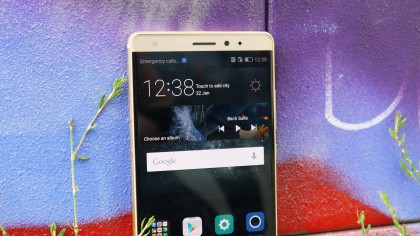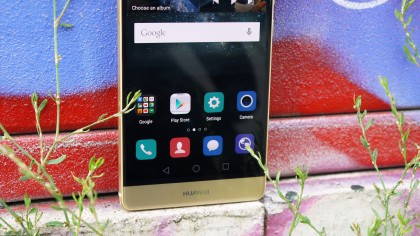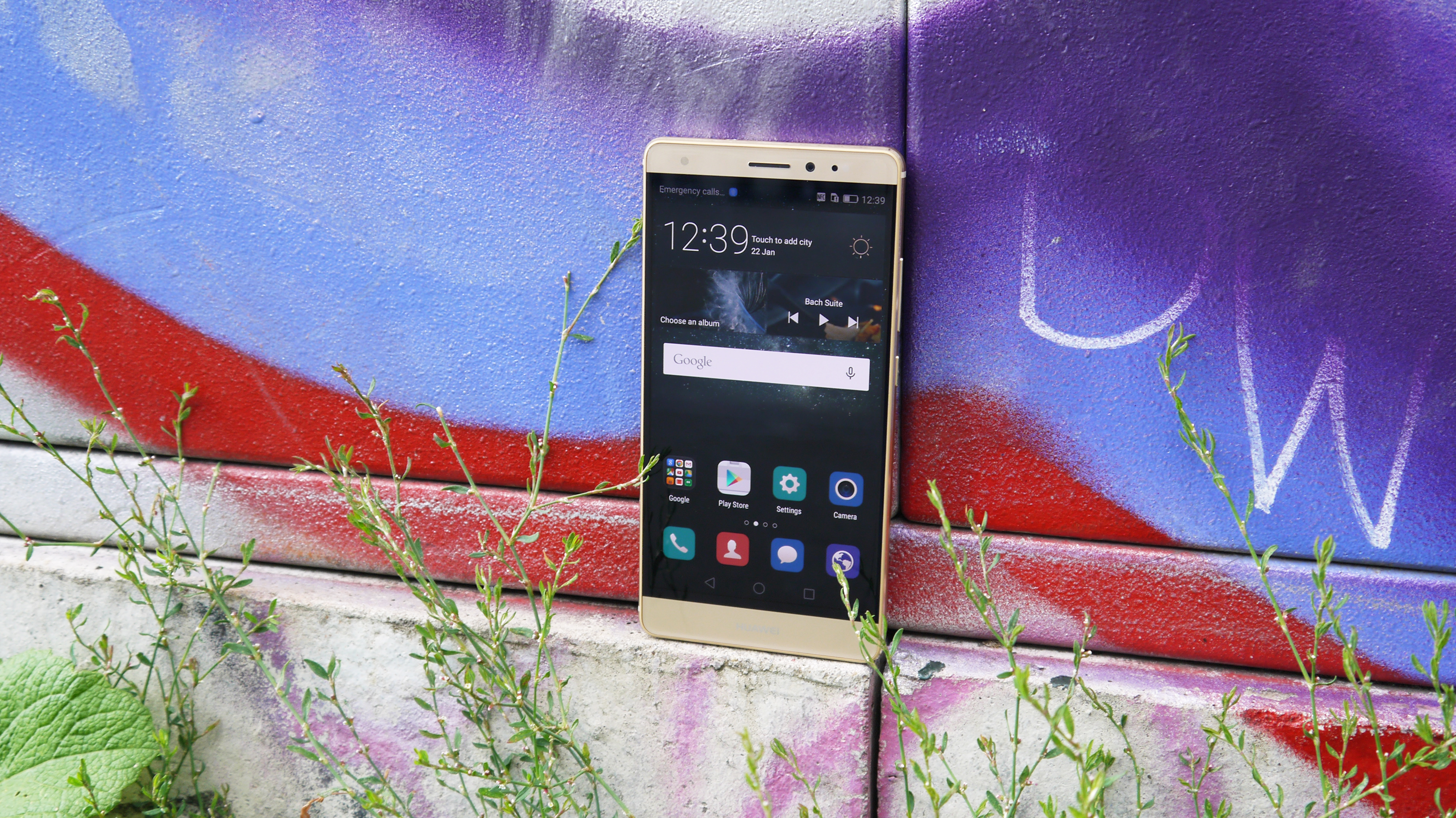Why you can trust TechRadar
Display
The Huawei Mate S packs a full HD resolution into its 5.5-inch screen, which is a little disappointing considering rumors suggested it would have a QHD display to match the likes of the LG G4 and Samsung Galaxy S6.
While it may not be QHD, the 5.5-inch dimensions still provide a pleasing 401ppi pixel density - which will be more than enough for many users.
That matches the iPhone 6S Plus and OnePlus 2 in both size and resolution, and as Huawei CEO Richard Yu pointed out during the launch, it's greater than the human eye can distinguish.
The screen also boasts AMOLED technology making it clear and bright, and I found that even in sunlight it was still useable.

It's not as pin sharp as the Sony Xperia Z5 or Samsung Galaxy S6, and if you regularly consumer 4K content on your mobile then perhaps you'll notice the difference - but you're certainly in the minority.
I didn't have any issues with the display quality during my time with the Mate S, colours are pleasantly bold and text is easy to read, and considering its slightly lower price tag you can't really complain.
Force Touch
I had a 128GB Mate S for review, which means I got to play with Huawei's Force Touch technology.
The 3D Force Touch Technology allows the display on the Huawei Mate S to gauge the amount of pressure you're applying, and then provide different functions depending on the level of the force.
When looking at a photo you can hold down on an area to see it magnified in a bubble. The harder you press, the more zoomed in your magnification will be.
Come out to the gallery overview and hard pressing on an image should provide you with a larger thumbnail preview, but I never got this particular feature to work. It's an option you have to switch on in the settings menu, but even then the Mate S wouldn't play ball.

You can also remove the navigation bar at the bottom of the screen to give you more real estate, and then just press down firmly on the area where the buttons would be to perform the same commands.
I found this detracted from the user experience, as I had to apply quite a lot of pressure for Force Touch to register my requests. This was frustrating as you're naturally used to light taps on these keys - so it slows things down. Needless to say I ditched this particular aspect of Force Touch quite early on.
There's even an amusing scale app, which attempts to tell you the weight of an item. Trouble is, it's not very accurate. It's fun to show off down the pub, but useless if you genuinely require the exact weight of an item.
It's certainly a fun feature to play around with, and Huawei has integrated it into the interface in a number of ways - but it's still early days for the technology. When app and game developers get hold of it then we could see some truly awesome uses for it.
Trouble is with the Mate S the only Android phone supporting it, those applications are still a long way off.
Current page: Display and Force Touch
Prev Page Introduction and design Next Page Interface, camera, battery and early verdict
TechRadar's former Global Managing Editor, John has been a technology journalist for more than a decade, and over the years has built up a vast knowledge of the tech industry. He’s interviewed CEOs from some of the world’s biggest tech firms, visited their HQs, and appeared on live TV and radio, including Sky News, BBC News, BBC World News, Al Jazeera, LBC, and BBC Radio 4.
What is a hands on review?
Hands on reviews' are a journalist's first impressions of a piece of kit based on spending some time with it. It may be just a few moments, or a few hours. The important thing is we have been able to play with it ourselves and can give you some sense of what it's like to use, even if it's only an embryonic view. For more information, see TechRadar's Reviews Guarantee.
